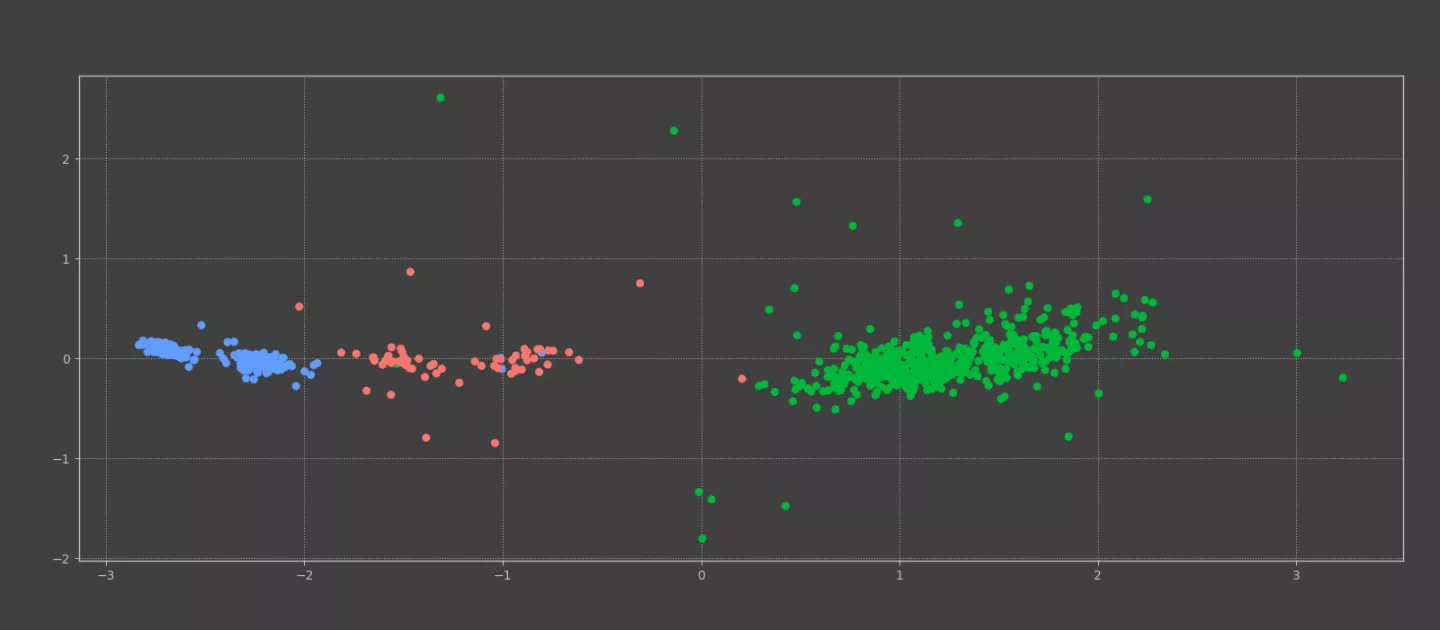Biostatistics
Biostatistics is the application of statistical methodologies to scientific research in health-related fields, and is essential for advancing medical research, informing public health policies, as well as furthering our understanding of health and disease. Biostatisticians collaborate across a wide spectrum of research studies, informing study design, collection of data, statistical modelling, interpretation of results, and communication of findings. Research expertise in biostatistics within MACSI include survival analysis, functional data analysis, spatio-temporal modelling, and latent class analysis.
Faculty: Helen Purtill, Shirin Moghaddam, Norma Bargary, Kevin Burke, James Sweeney
Statistical machine learning
Statistical machine learning cuts across statistical and machine learning to create a novel "best-of-both-worlds" approach to data science. Model selection, uncertainty quantification and hypothesis testing are core tenants of statistical modelling, whereas predictive techniques such as neural networks and random forests are a focus of machine learning. Leveraging and synthesising these methodologies facilitates predictive models with enhanced interpretability, robustness, and, ultimately, trustworthiness. Moreover, it opens machine learning to more formal (hypothesis-based) scientific enquiry in application areas such as medicine, agriculture, and econometrics.
Faculty: Kevin Burke, Shirin Moghaddam, David O'Sullivan
Spatio-temporal modelling and functional data analysis
The data observed in many phenomena have a spatial and a temporal component. Examples of such data include; the incidence of disease amongst the population recorded over time, environmental pollution measurements available from sensors at refined spatio-temporal scales, or climatological aspects such as rainfall, wind speeds or solar irradiance. In this regard, spatio-temporal analysis and functional data analysis are statistical modelling approaches aimed at discovering the underlying curves, surfaces or processes driving a phenomena of interest. The aim of these approaches to infer with quantifiable uncertainty the processes driving the phenomena of interest, as well as link them, where possible, to the unobserved variables that potentially explain the spatio-temporal process.
Faculty: Norma Bargary, James Sweeney
Other researchers: Steven Golovkine, Jamie Wilson
Statistics for Industry
We have a wealth of experience in developing bespoke statistical modelling for industry applications. We liaise directly with subject-matter experts to tailor existing and new statistical solutions for their problems, for example, in forecasting, regression, classification, clustering, and visualisation. We are also skilled in developing automated reports and dashboards to complement these solutions so that they are rapidly transferred to delivering insights for our industrial partners.
See our Industry page for more information.
Faculty: Norma Bargary, Kevin Burke, David O'Sullivan, James Sweeney
